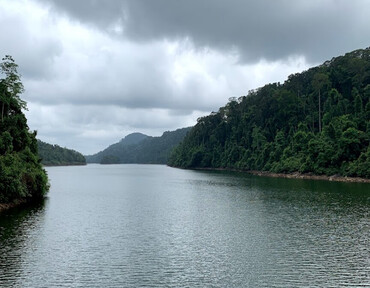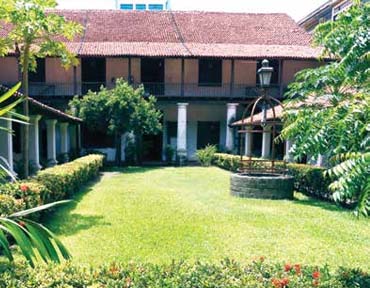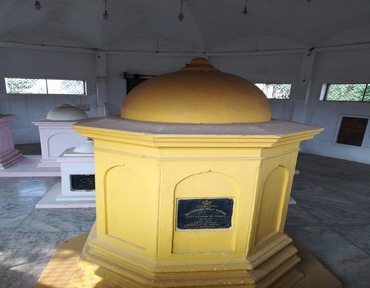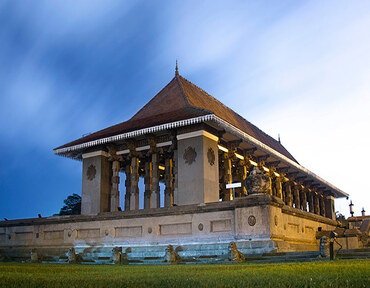


Colombo is a district where the water resources are much appreciated and cherished, especially for the domestic water consumption of the area. Labugama – Kalatuwa reservoir have been facilitating this dire need throughout the past centuries. Labugama Reservoir can be considered as on of the giants in holding the massive amount of water, with the forest reserve as its sanctuary. The reservoir was established near the Labugama Kalatuwa reserve which constructed interrupting the water flow of Wak Oya of Melanie River Basin. As the British Colonial engineers constructed this stronghold of water, the Labugama river also work as a nurture land for the nearby forest reserve and continuously feeding them being feed back maintains the codependency.

The two-storey colonnaded building on Prince Street, Pettah (Colombo 11) which houses this museum was constructed during the Dutch occupation of Colombo (1656 - 1796) and was the formal residence of the Governor of Dutch Ceylon Thomas van Rhee (1634 - 1701) during his term of office from 1692 to 1697. The building has been used for many different purposes over the years. It was a teacher-training college and an institute for the instruction of clergymen between 1696 and 1796. It was also used as a hospital. It became a barracks in the second half of the 1800s and 1900 it was used as a police training school, set up by the British. In 1932 it was converted to the Pettah Post Office. In 1971 following heavy monsoon rains one of the exterior walls collapsed and the building was abandoned. Following protests by the Royal Asiatic Society and the Dutch Burgher Union against plans to demolish the building, in 1973 a committee was established with representatives from the Ceylon Tourist Board, the Department of Archaeology, the Netherlands Alumni Association of Lanka and the National Archives, to restore the building and establish a museum covering the Dutch colonial period

Tomb of King Sitawaka Rajasinghe (සීතාවක පලමුවන රාජසිංහ සොහොන) is a historical site located on the Avissawella-Amithrigala road, close to the main road. King Rajasinghe I was a significant figure in Sri Lanka's history; Born as Tikiri Bandara, he led several battles against his brother-in-law, Veediye Bandara, ultimately earning the title Rajasinghe, the Lion King. One of his notable achievements was the “Bloody battle of Mulleriyawa” against the Portuguese army. Despite being equipped with more advanced firepower, the Portuguese were defeated by the Sinhalese army using their ancient fighting method called “Angam Pora”. The vast paddy field in Mulleriyawa reportedly turned red with the blood of the fallen Portuguese soldiers. Unfortunately, discontent among the Buddhist public and prelates contributed to the downfall of the Seethawaka kingdom. King Rajasinghe razed many Buddhist religious sites under the advice of his chief adviser, Aritta Kivendu, who converted to Hinduism. His last battle was with Konappu Bandara, who aimed to free the Kandyan Kingdom from Seethawaka. At the decisive battle at Balana, Rajasinghe's troops suffered defeat, and he retreated to the royal park at Pethangoda. Legend has it that he was struck by a fatal bamboo splinter in the foot, although this story remains subject to debate.

The Arcade Independence Square is a shopping complex in the city of Colombo in Sri Lanka, housed in a group of renovated buildings including the former Jawatta Lunatic Asylum (later known as the Auditor General's building) and the former Western Provincial Council Building. It was built as a part of the Independence Square Redevelopment programme initiated by the Sri Lankan Government. The building was constructed in 1889 at a cost of Rs 450,000. In 2012, the Urban Development Authority commenced the renovation of the buildings and special care was taken to preserve their original architectural features whilst adding modern technological features and amenitie